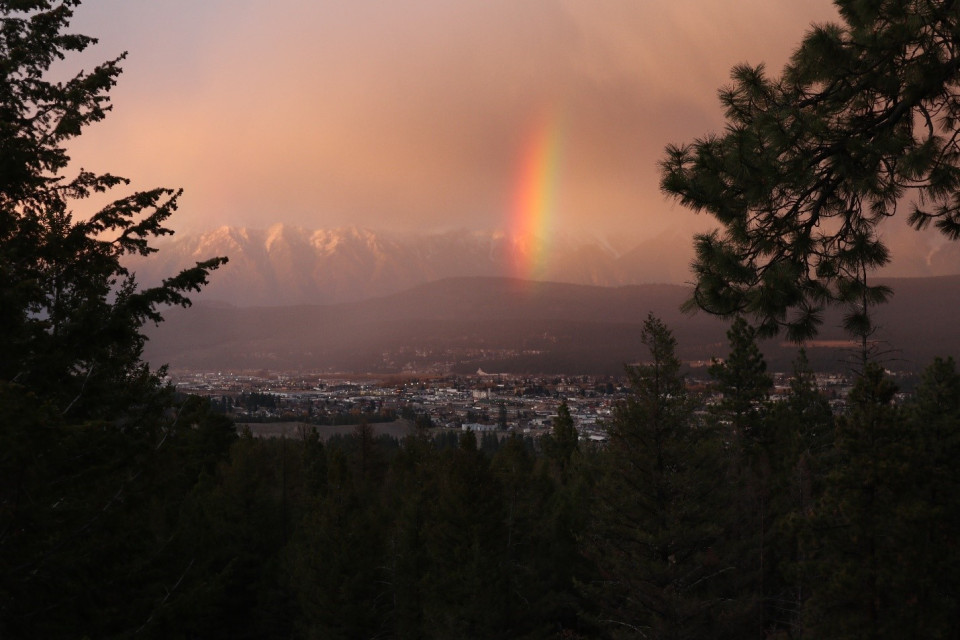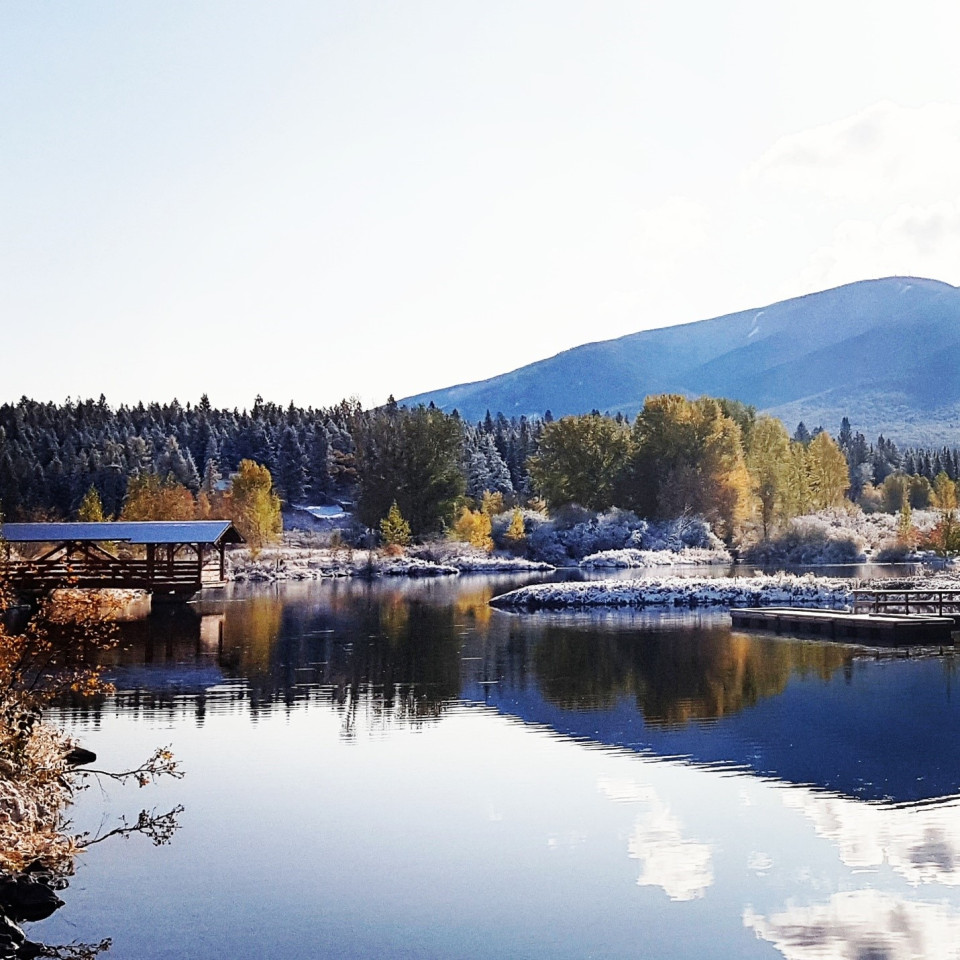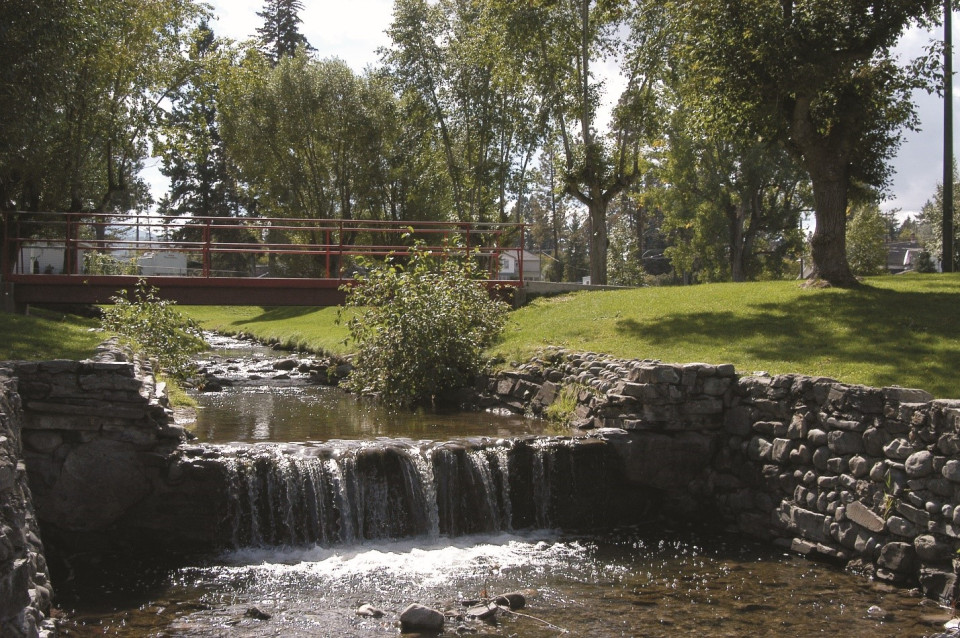
Photo: Evan Berry.
The City of Cranbrook is surrounded by wilderness amongst the majestic Rockies and Purcell mountains. There is hardly a better place to appreciate our natural environment, so it is of great importance for us to take steps to preserve this for generations to come.
Natural Assets

The term municipal natural assets refers to the stock of natural resources or ecosystems that the City could rely upon or manage for the sustainable provision of one or more municipal services. It is as important to understand, measure, manage and account for natural assets as it is for engineered ones; doing so can enable local governments to provide core services such as stormwater management, water filtration, and protection from flooding and erosion, as well as additional services such as those related to recreation, biodiversity, health and culture. Outcomes of what is becoming known as municipal natural asset management can include cost-effective and reliable delivery of services, support for climate change adaptation and mitigation, and enhanced biodiversity.
The City of Cranbrook, along with other local governments, worked with MNAI to develop a preliminary natural asset inventory. Natural asset inventories provide details on the type of natural assets a local government relies upon, their condition, and the risks they face. Find the report here, and inventory here.
Restore Joseph Creek

Joseph Creek flows North from Joseph Mountain through the City of Cranbrook and into the St. Mary’s River. Historically this creek was considered the most important juvenile trout recruitment stream in the lower St. Mary River drainage. A significant fishery resource, this was also a cultural gathering place for the Ktunaxa Nation and the ?aq’am people. In 1898 when the Canadian Pacific Railway established the Crowsnest Pass line through the Kootenay’s, Cranbrook became the major centre of the region and in 1905, Cranbrook was incorporated as a city. Since this time, the community and the region has been developing and changing, growing and influencing the land around them. The creek has been used as a drinking water source, channelized, used as a storm water management system and recreation amenity. In the 1920’s the creek was dammed and the Idlewild reservoir was created - the primary drinking water source for Cranbrook. The creek and the reservoir remained the Cities drinking water source until the mid-1970’s, when the Phillips Reservoir was created. The Phillips Reservoir, currently one of the Cities primary sources of drinking water infrastructure, is located South of Cranbrook along the Gold Creek Road and is supplemented by Gold Creek through a diversion.
Today the creek is not functioning as a healthy ecosystem. Development, sedimentation, encroachment, water use/requirements, urbanization, invasive species, habitat destruction, infrastructure requirements and years of channelization have significantly affected the health of the creek. Joseph Creek and the surrounding landscape should be a healthy, functioning system capable of supporting the ecological and community infrastructure requirements; the enhancement of recreation, historic and cultural assets; and inspire the community to connect to the Creek. Joseph Creek serves an important function of providing flood mitigation to Cranbrook, which is an increasing concern as our climate changes, so it is important that this function is protected as well.
Visit the website here: http://restorejosephcreek.com/.
 Cranbook
Cranbook


